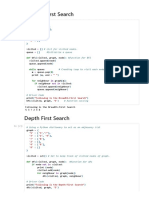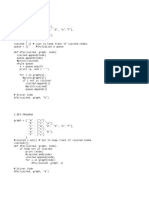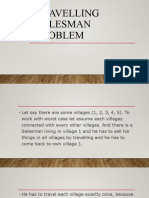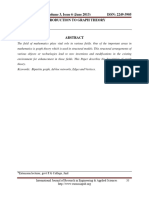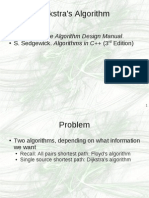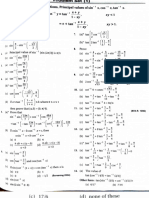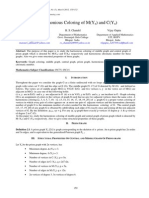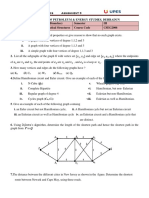0% found this document useful (0 votes)
37 views21 pagesAi Lab Programs
The document contains multiple Python programs implementing various algorithms and problems, including Breadth First Search, Depth First Search, Tic-Tac-Toe, 8-Puzzle, Water-Jug problem, Travelling Salesman Problem, Tower of Hanoi, and Monkey Banana Problem. Each program includes the necessary functions and logic to solve the respective problem. The code is structured with main execution blocks to demonstrate the functionality of each algorithm.
Uploaded by
Lavanya VenkataCopyright
© © All Rights Reserved
We take content rights seriously. If you suspect this is your content, claim it here.
Available Formats
Download as DOCX, PDF, TXT or read online on Scribd
0% found this document useful (0 votes)
37 views21 pagesAi Lab Programs
The document contains multiple Python programs implementing various algorithms and problems, including Breadth First Search, Depth First Search, Tic-Tac-Toe, 8-Puzzle, Water-Jug problem, Travelling Salesman Problem, Tower of Hanoi, and Monkey Banana Problem. Each program includes the necessary functions and logic to solve the respective problem. The code is structured with main execution blocks to demonstrate the functionality of each algorithm.
Uploaded by
Lavanya VenkataCopyright
© © All Rights Reserved
We take content rights seriously. If you suspect this is your content, claim it here.
Available Formats
Download as DOCX, PDF, TXT or read online on Scribd
/ 21



















